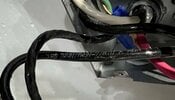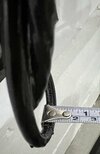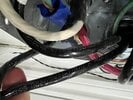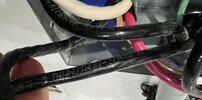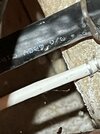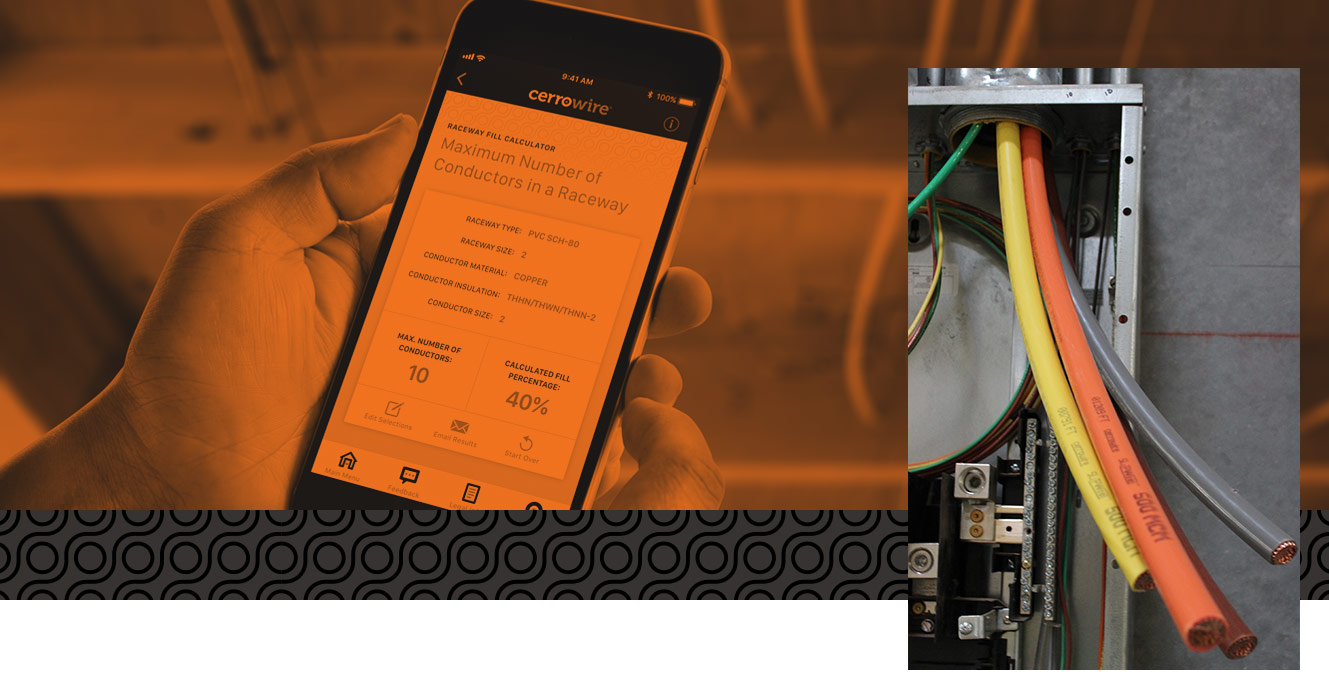I have an EVSE that I'm looking to replace with a Tesla Wall Connector.
Here are the details:
Given this scenario, what would you do?
Here are the details:
- 60 amp circuit previously installed, permitted, and approved with NEMA 14-50 outlet
- Currently connected to a JuiceBox 40
- Goal - replace Juicebox 40 with Tesla Wall Connector to get full 48 amps of output
- I'm located in Southeast Michigan
Given this scenario, what would you do?



